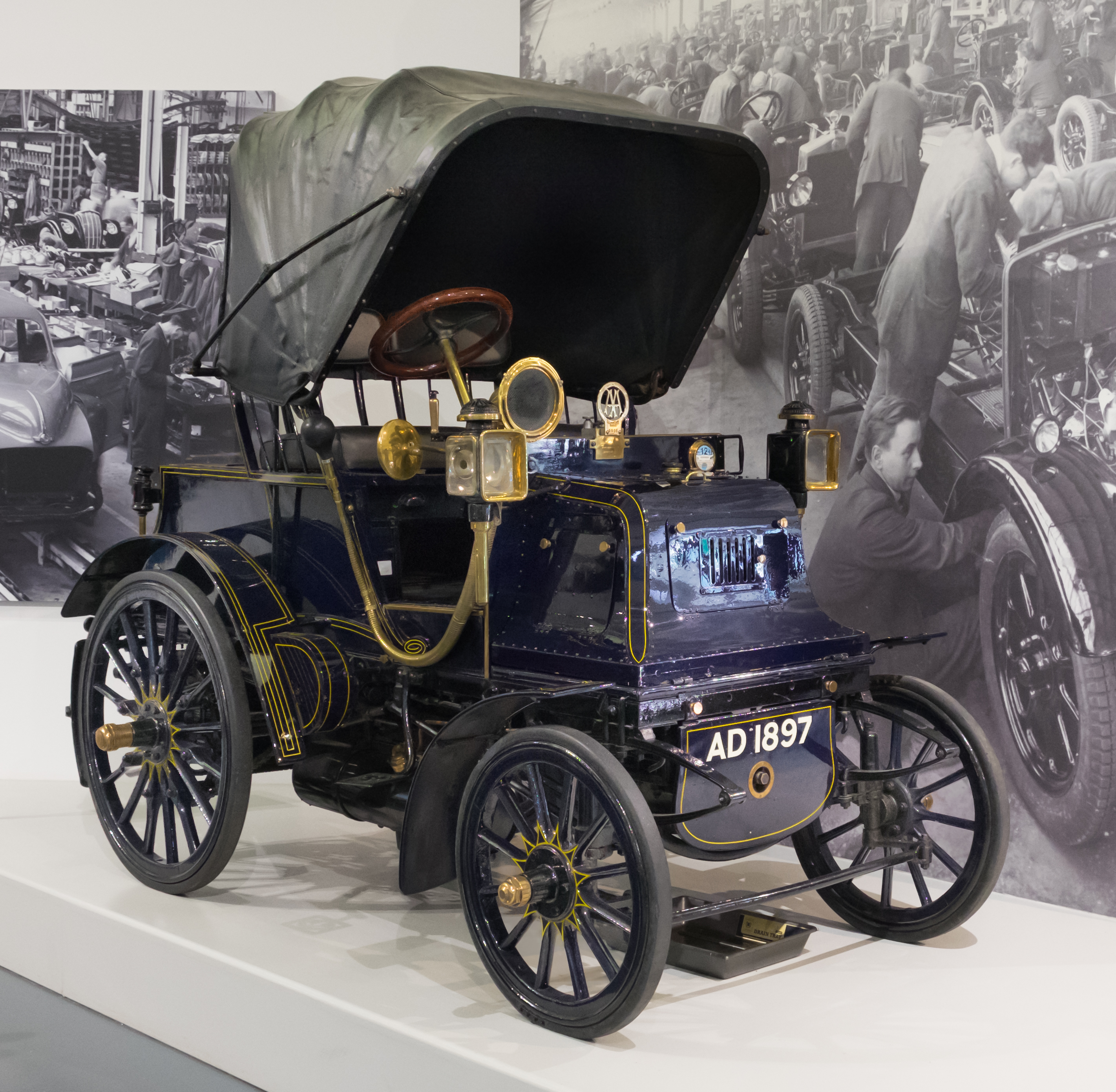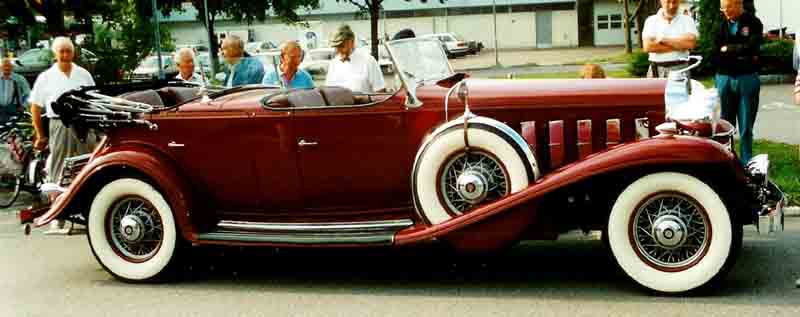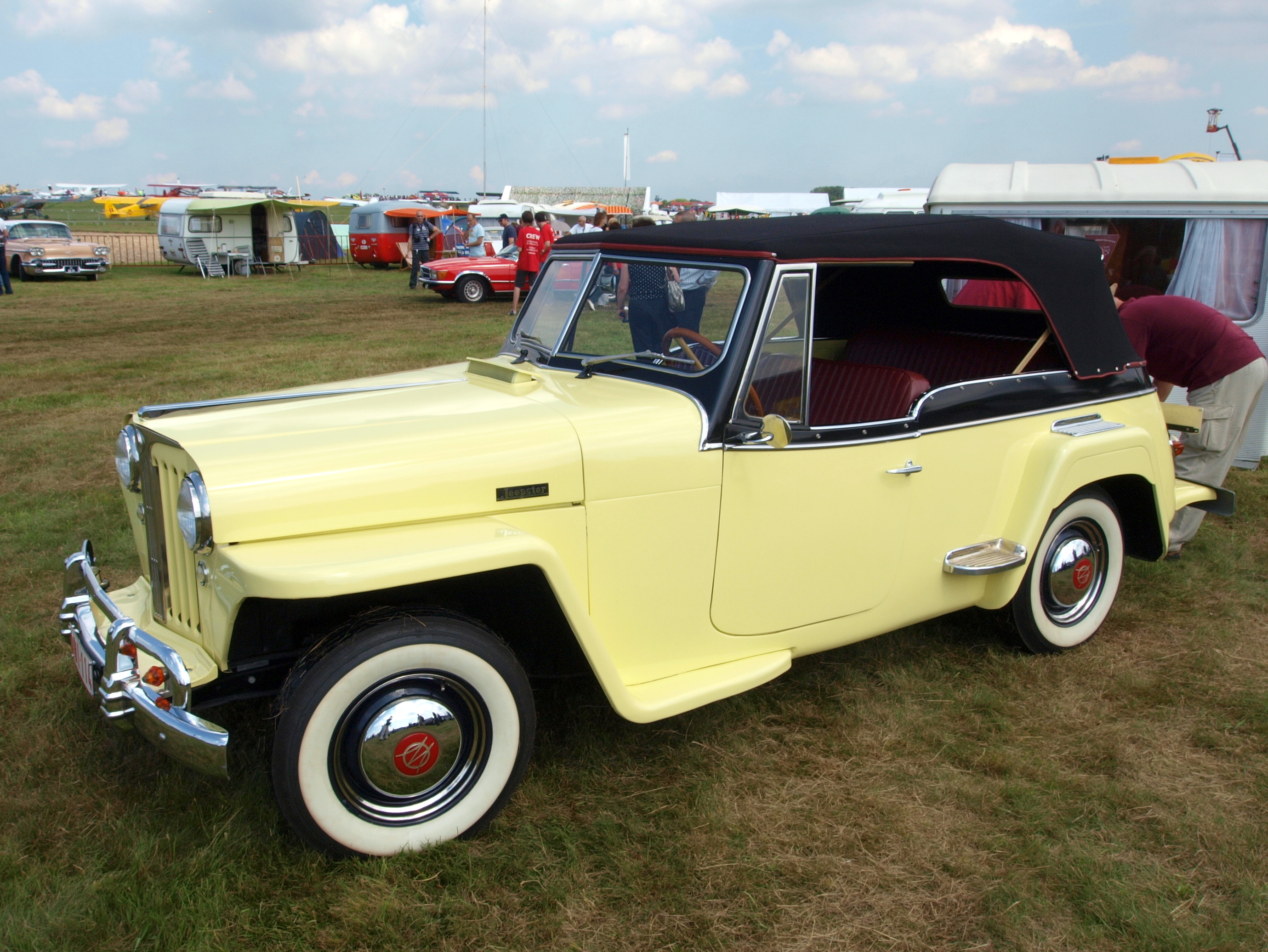Phaeton Body on:
[Wikipedia]
[Google]
[Amazon]

 A phaeton is a style of open
A phaeton is a style of open
File:1917.hudson.phaeton.arp.jpg, 1917
File:1924RollsRoyce.jpg, 1924 Rolls-Royce 40/50
File:Duesenberg Convertible SJ LA Grand Dual-Cowl Phaeton 1935.jpg, 1935 Duesenberg
File:Mercedes Double Phaeton.jpg, 1905 Mercedes 28/50 PS double phaeton
File:Chrysler Phaeton 1.jpg, 1997
 The phaeton and the touring car were popular up to the 1930s, after which they were largely replaced by the
The phaeton and the touring car were popular up to the 1930s, after which they were largely replaced by the
File:1934 Buick Series 60 Convertible Phaeton.JPG, 1934 Buick "convertible phaeton"
File:1956MercuryMontclair.jpg, 1956

 A phaeton is a style of open
A phaeton is a style of open automobile
A car or automobile is a motor vehicle with Wheel, wheels. Most definitions of ''cars'' say that they run primarily on roads, Car seat, seat one to eight people, have four wheels, and mainly transport private transport#Personal transport, pe ...
without any fixed weather protection, which was popular from the 1900s until the 1930s. It is an automotive equivalent of the horse-drawn
A horse-drawn vehicle is a mechanized piece of equipment pulled by one horse or by a team of horses. These vehicles typically had two or four wheels and were used to carry passengers and/or a load. They were once common worldwide, but they have m ...
fast, lightweight phaeton carriage.
A popular style in the US from the mid–1920s and continuing into the first half of the 1930s was the dual cowl phaeton, with a cowl
A cowl is an item of clothing consisting of a long, hooded garment with wide sleeves, often worn by monks.
Originally it may have referred simply to the hooded portion of a cloak. In contemporary usage, however, it is distinguished from a clo ...
separating the rear passengers from the driver and front passenger.
Phaetons fell from favour when closed cars and convertible
A convertible or cabriolet () is a passenger car that can be driven with or without a roof in place. The methods of retracting and storing the roof vary among eras and manufacturers.
A convertible car's design allows an open-air driving expe ...
body
Body may refer to:
In science
* Physical body, an object in physics that represents a large amount, has mass or takes up space
* Body (biology), the physical material of an organism
* Body plan, the physical features shared by a group of anima ...
styles became widely available during the 1930s. Eventually, the term "phaeton" became so widely and loosely applied that almost any vehicle with two axles and a row or rows of seats across the body could be called a phaeton. Convertibles and pillarless hardtops were sometimes marketed as "phaetons" after actual phaetons were phased out.
History
The term ''phaeton'' had historically described a light, open four-wheeled carriage. When automobiles arrived it was applied to a light two-seater with minimal coachwork. The term was interchangeable with ''spyder
The SPYDER ("Surface-to-air Python and Derby") is an Israeli short and medium range mobile air defence system developed by Rafael Advanced Defense Systems with assistance from Israel Aerospace Industries (IAI). Rafael is the prime contractor a ...
'', derived from a light form of phaeton carriage known as a ''spider''. Originally meant to denote a faster and lighter vehicle than a touring car
Touring car and tourer are both terms for open cars (i.e. cars without a fixed roof).
"Touring car" is a style of open car built in the United States which seats four or more people. The style was popular from the early 1900s to the 1930s.
Th ...
, the two terms eventually became interchangeable.
A detachable folding or rigid roof could be added before a drive in preparation for inclement weather, and side curtains or screens could be installed once the roof was in place. This was mainly temporary and partial relief rather than the more permanent, watertight protection offered by a convertible. As a result, a phaeton was much lighter than the sturdier, weather-ready convertible. Since the body was entirely open, it was easy to add or remove an extra row of seating where space had been left in the original construction.
A phaeton differs from a convertible in having no winding or sliding windows in the doors or the body, and no permanent rigid roof.
Hudson
Hudson may refer to:
People
* Hudson (given name)
* Hudson (surname)
* Henry Hudson, English explorer
* Hudson (footballer, born 1986), Hudson Fernando Tobias de Carvalho, Brazilian football right-back
* Hudson (footballer, born 1988), Hudso ...
phaeton
File:Isotta Fraschini Tipo 8 Sala Phaeton.jpg, Isotta Fraschini
Isotta Fraschini () was an Italian luxury car manufacturer, also producing trucks, as well as engines for marine and aviation use. Founded in Milan, Italy, in 1900 by Cesare Isotta and the brothers Vincenzo, Antonio, and Oreste Fraschini, in 19 ...
Tipo 8 Sala
File:Studebaker Phaeton.jpg, 1930 Studebaker
File:Ford A Typ180A DeLuxePhaeton1930 2.JPG, 1930 Ford Model A
File:1934 ford model 40 750 De Luxe Phaeton.jpg, 1934 Ford Model B
File:1936 Toyota Model AB Phaeton 01.jpg, Toyota AB
The A1 was the first prototype passenger car built by the company that became Toyota. It was redesigned and put into production as Toyota's first production cars, the AA sedan and the AB cabriolet. These were succeeded by the similar AE, AC and B ...
phaetonDoubles and triples
There were also double phaetons, with two rows of seats, triple phaetons, and closed phaetons. After 1912, American use of the term began to be most closely associated with the "triple phaeton" body configurations that had room for three rows of seats, whether all three were installed or not. This also led to the term "phaeton" becoming similar to, and eventually interchangeable with, the term "touring car
Touring car and tourer are both terms for open cars (i.e. cars without a fixed roof).
"Touring car" is a style of open car built in the United States which seats four or more people. The style was popular from the early 1900s to the 1930s.
Th ...
".
Specific use of the term ''phaeton'' is with the ''dual cowl phaeton'', a body style in which the rear passengers were separated from the driver and the front passengers by a cowl or bulkhead, often with its own folding windshield.
Chrysler Phaeton
The Chrysler Phaeton was a four-door convertible sedan concept car built by Chrysler in 1997.
Background
The Phaeton was inspired by Chrysler's historic Newport Phaeton, and the Imperial Parade Phaeton. It had a 48-valve 5.4 L aluminum V1 ...
concept car
Decline in popularity
convertible
A convertible or cabriolet () is a passenger car that can be driven with or without a roof in place. The methods of retracting and storing the roof vary among eras and manufacturers.
A convertible car's design allows an open-air driving expe ...
, which also had a retractable roof, but also included side windows so that the car could be completely enclosed.
The Willys-Overland Jeepster
The Jeepster is an automobile originally produced by Willys-Overland Motors from 1948 to 1950. It was developed to fill a gap in the company's product line, crossing over from their "utilitarian" proto SUVs and trucks to the passenger automo ...
was the last true phaeton produced by a major US automaker, and was introduced ten years after the previous phaeton to be offered by an American manufacturer. The post-World War II demand for automobiles - of any description - was an opportunity for Willys-Overland to build on the Jeep's military recognition and they evolved the 1946 Jeepster two-door station wagon to the 1948 phaeton. It provided a "Spartan but adequate appointments" that included plastic side curtains rather than roll-up glass windows and thus providing standard "air conditioning" by simply opening the hinged vent windows and driving faster. Marketed from 1948 to 1951, the Jeepster phaeton was a rather expensive niche vehicle and "though admired by many, it was purchased by relatively few."
In 1952, a year after Willys
Willys (pronounced , "Willis" )
was a brand name used by Willys–Overland Motors, an American automobile company, founded by John North Willys. It was best known for its design and production of World War II era and later military jeeps (MBs ...
last offered the Jeepster, Chrysler built three Imperial Parade phaetons for ceremonial use, one by New York City, one by Los Angeles, and one intended for the White House
The White House is the official residence and workplace of the president of the United States. It is located at 1600 Pennsylvania Avenue NW in Washington, D.C., and has been the residence of every U.S. president since John Adams in 1800. ...
, but ultimately used for events throughout the United States. These were dual-cowl phaetons custom-built on Chrysler Corporation's stretched Imperial Crown Limousine chassis.
As a model name
In the late 1930s, Buick included a "convertible phaeton" body style, which was actually a four-doorconvertible
A convertible or cabriolet () is a passenger car that can be driven with or without a roof in place. The methods of retracting and storing the roof vary among eras and manufacturers.
A convertible car's design allows an open-air driving expe ...
, as the doors had roll up windows in them and the car could be fully closed.
During the 1956 model year, Mercury marketed the four-door hardtop
A hardtop is a rigid form of automobile roof, which for modern cars is typically constructed from metal. A hardtop roof can be either fixed (i.e. not removable), Convertible#Detachable hardtop, detachable for separate storing or retractable ha ...
versions of its Montclair and Monterey
Monterey (; es, Monterrey; Ohlone: ) is a city located in Monterey County on the southern edge of Monterey Bay on the U.S. state of California's Central Coast. Founded on June 3, 1770, it functioned as the capital of Alta California under both ...
models as "phaetons."
In 2004, Volkswagen
Volkswagen (),English: , . abbreviated as VW (), is a German Automotive industry, motor vehicle manufacturer headquartered in Wolfsburg, Lower Saxony, Germany. Founded in 1937 by the German Labour Front under the Nazi Party and revived into a ...
introduced a vehicle with the name Phaeton, which has a typical four-door sedan body style.
Mercury Montclair
The Mercury Montclair is a series of full-size sedans that were manufactured and marketed by the Mercury division of Ford. The nameplate was used by the division twice, from the 1955 to the 1960 model years and from the 1964 to the 1968 model yea ...
Phaeton 4-door hardtop
File:2013 Volkswagen Phaeton V6 4MOTION TDi SWB Automatic 3.0.jpg, 2013 Volkswagen Phaeton
The Volkswagen Phaeton ( ) (''Typ'' 3D) is a full-size luxury sedan/saloon manufactured by the German automobile manufacturer Volkswagen, described by Volkswagen as their "premium class" vehicle. Introduced at the 2002 Geneva Motor Show, the ...
– a four-door sedan
See also
*Coupé
A coupe or coupé (, ) is a passenger car with a sloping or truncated rear roofline and two doors.
The term ''coupé'' was first applied to horse-drawn carriages for two passengers without rear-facing seats. It comes from the French past parti ...
* Grand tourer
A grand tourer (GT) is a type of car that is designed for high speed and long-distance driving, due to a combination of performance and luxury attributes. The most common format is a front-engine, rear-wheel-drive two-door coupé with either ...
* Roadster
* Runabout
References
{{DEFAULTSORT:Phaeton Body Car body styles